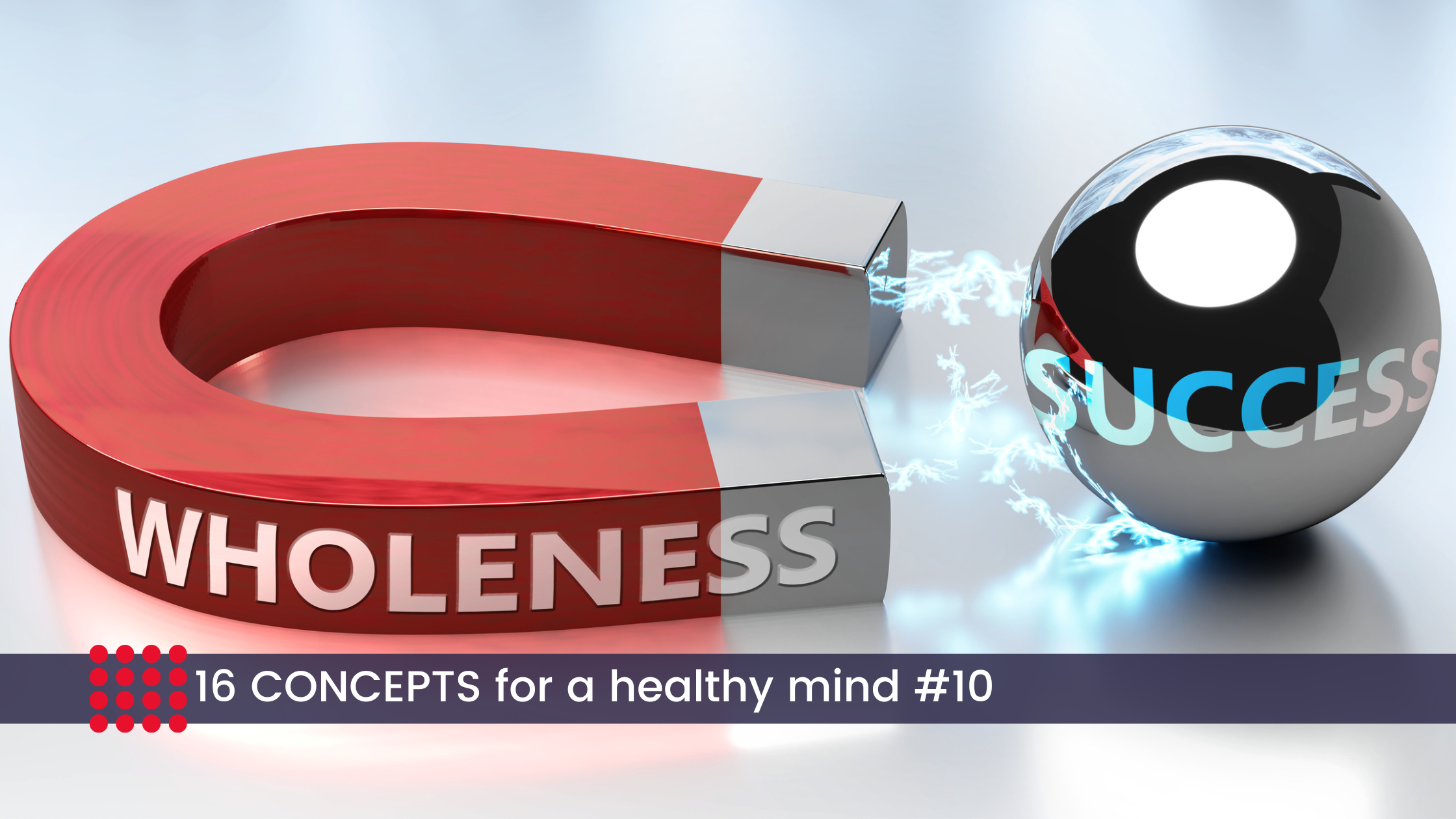Ever had an internal conflict?
Caught yourself saying; “On the one hand I think this… …yet on the other hand I think that?”
Experienced how internal conflicts can paralyse you?
Taking a deep-dive into one of the 16 concepts of a healthier mind, here red10 ‘s Sureya Naidoo explores how to resolve internal conflict through listening to the different parts of your thinking.
In a tangle – feeling stuck, torn, or confused – not sure why?
The crowded voices in your head, the plethora of emotions, or the uncomfortable physical sensations that you occasionally experience when faced with a decision, challenge, or goal – ever considered what brings this on?
We find expressions of inner division in our language:
- on the one hand – yet on the other hand
- something inside me is forcing (stopping) me.
- in that moment I was not myself
- I’m of two minds
- yes, but… etc.
These may all be signs that you are in internal struggle with some aspects or ‘parts’ of your thinking.
What brings about the development of parts?
Parts are sub-personalities that are formed during the imprint years of our lives on a deep level within the unconscious mind, because of significant emotional experiences, learning, and conditioning. They are not separate entities, but instead aspects of your WHOLE SELF – each one with its own values system, which have a specific function, intention, and role.
- You may have a part that is confident, adventurous, and creative.
- Or another part that is cautious, practical, and analytical.
- These parts may work well together in certain situations, but clash in others.
How to identify & listen to a part of your thinking?
- Pay attention to your inner dialogue, feelings, and sensations.
- Notice that you have different voices, emotions, or physical reactions when you face a decision, a challenge, or a goal.
For example:
- You may hear a part that says, “go for it, you can do it” and another part that says “no, you can’t, it’s too risky”.
- Or you may feel excited and nervous at the same time.
- Or you may experience a tightness in your chest or a knot in your stomach.
Listen to each of those parts.
Ask each part of your thinking “What’s your positive purpose?”. Keep asking until you get to real answers.
At the heart of resolving the internal conflict is understanding the different parts of your thinking and discovering that the answer isn’t “this OR that” – it is “this AND that”, and deciding how much – and how – to blend together within the ‘AND’.
So, how do people with healthy minds manage the internal clashes that happen?
They assume that all parts have emerged from a place of experience, and therefore not all parts share the same interior – for some parts, their purpose is to protect, as they want you to thrive and succeed, despite the ways in which they show up and guide you to get there.
People with healthy minds choose to explore what is possible if they come from WHOLENESS – when approaching specific goals or change
You may be able to do this yourself, yet you may need a coach who can use the advanced technique of parts integration:
- With the use of language, you can re-connect all the parts, by realising that the conflicting parts too, have positive intent and somehow want the same outcome – this automatically increase wholeness.
- Wholeness – ignites awareness, which opens possibilities to recognise that you can choose consistently across contexts, without compromising your identities, beliefs, or values.
- You realise and appreciate that when you focus on your potential, you can identify new opportunities and possibilities – enabling you to create more balance, more options, to achieve successful outcomes.
The benefit of parts integration to rebuild WHOLENESS.
- It reminds us that we have an internal world and an external world – what is the level of wholeness that you have and hold.
- It prompts us to be mindful of the activities we choose and if these are aligned with what brings us wholeness.
- It creates awareness to the style and approach we use when instilling boundaries on the outside – that increase the level of wholeness on the inside – to encourage better decisions and choose differently.
“Increasing wholeness means we can choose for ourselves from any of the rainbow of experiences and emotions that are available to us, because we need to have access to all of our emotions, to make and take powerful decisions”.

